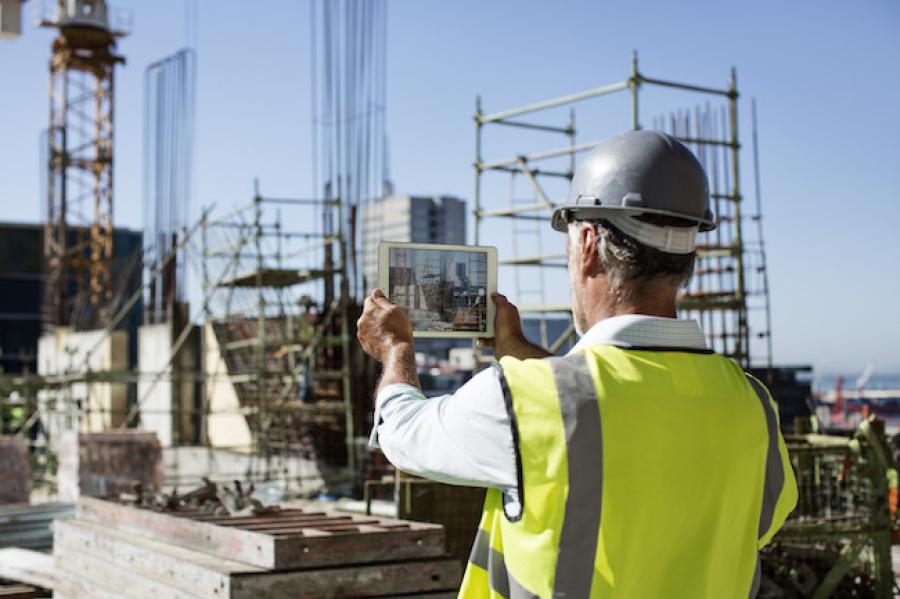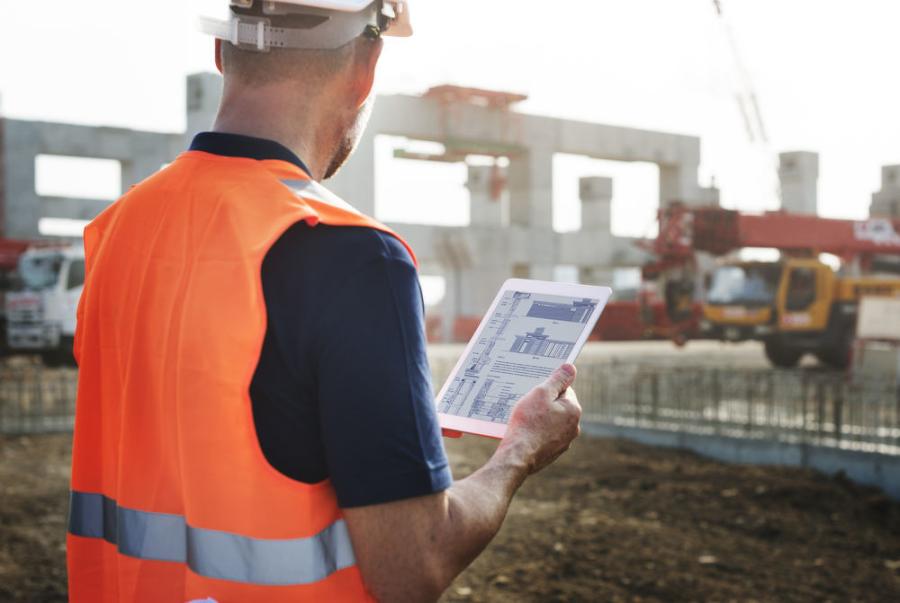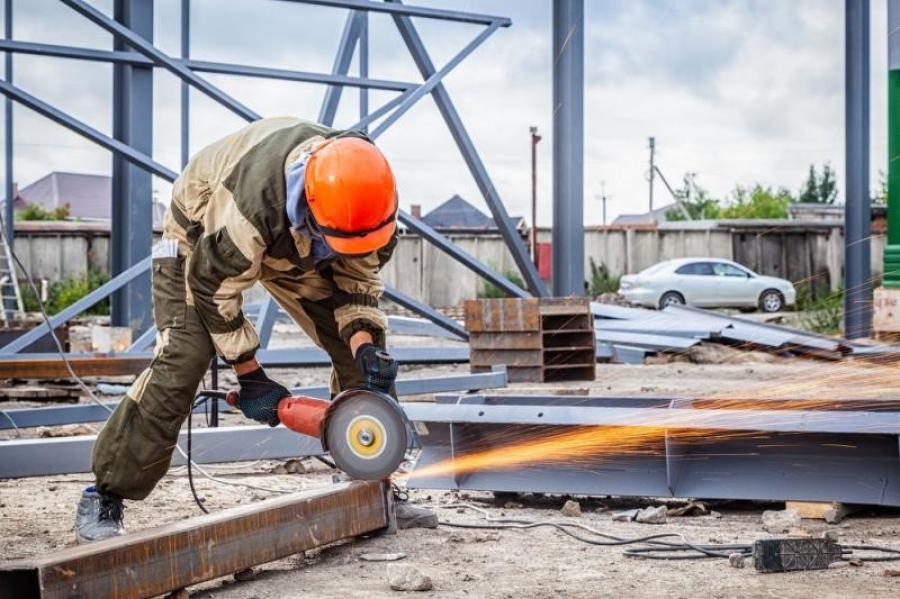The AGC of California recently reported on a webinar by global software company Egnyte, “Ten Construction and Engineering Technology Trends to Watch in 2021,” and it highlighted some of the major innovations, trends and technology-related challenges facing the architecture, engineering and construction (AEC) industries today.
Over the last decade or so, the construction industry has been transformed by the growing adoption of new technologies and increased digitization. The onset of a global pandemic in 2020 only accelerated the pace of this change, fueled by remote work, greater demand for remote collaboration tools, continued migration to cloud-based programs and more.
A recent webinar by global software company Egnyte, "Ten Construction and Engineering Technology Trends to Watch in 2021," highlighted some of the major innovations, trends and technology-related challenges facing the architecture, engineering and construction (AEC) industries today.
Omar Sheikh, senior professional services manager of California-based Bluebeam, and Ronen Vengosh, vice president of AEC and business development at Egnyte, joined moderator and construction technology consultant Carole Filion for the technology forum. They discussed trends relating to remote technology, the growth of mass quantities of digital data on projects, 3-D modeling, design technologies such as building information modeling and other virtual design and construction tools, cloud computing, collaboration technologies, automation, design-build, data interoperability and systems integration.
"The pandemic has accelerated technology adoption across the AEC spectrum," Sheikh noted. "Before the pandemic hit, a study showed that 44 percent of projects in the U.S. were still relying on paper. Hopefully that number has now shrunk significantly."
A few of the take-aways from the webinar [as well as from an offline conversation with the panelists] include the following:
Advances in cloud computing have enabled companies to leverage large amounts of data generated on projects in new ways. Sheikh cited the example of a large GC client that is pulling all of its data into a single repository and using artificial intelligence and machine learning algorithms "to really glean any insights that give them a competitive edge."
Remote collaboration, accelerated by the pandemic, has been essential to keeping the industry going. "Companies that were sitting on the sidelines, maybe migrating slowly towards using new technology, were kind of forced to deploy at scale very quickly," Vengosh said. "One of the legacies of the past year will be the fact that there is no turning back. [Companies now] understand how much more effective they are when everyone can collaborate remotely."
Data compatibility and interoperability among a myriad of technology platforms and software programs poses a major challenge. One issue the industry is grappling with: how to store massive amounts of data generated by a project in a common data format that can be easily accessed over the life cycle of that project.
Data security is another key issue that requires ongoing education for businesses in the AEC sectors. There is a common misconception that ransomware or cyberattacks are restricted to government entities or large, high profile companies. "It's not front-of-mind" for most small or medium size companies, Sheikh noted. "But we are as much at risk in the construction industry. The buildings that we build and infrastructure that we are creating is just as valuable."
More and more applications in design and modeling technologies are now generating vast quantities of data, totaling tens of thousands of points in the point cloud [datasets that represent objects or space]. "How you get all this data and manage it is a big deal," Vengosh said. "More importantly is how you take it out of the job site and move it to where it needs to be consumed and processed."
When it comes to cloud computing, there needs to be a "holistic strategy for retaining, securing and managing data" according to Vengosh. "Folks aren't necessarily thinking about the cloud with a full plan for addressing those security and governance needs. It's coming but it needs to come faster."
Increased automation offers the benefits of productivity growth on the jobsite, which may help to offset the construction industry's skilled labor shortage.
Process automation is often overlooked, according to Sheikh. "To really be able to accelerate productivity, we don't just need automation through technology; we need automation from agreed-upon processes that cross disciplines and connect projects from design to handoff."
Nation's Infrastructure Grade ‘C-' by ASCE
The state of America's infrastructure has received an overall "C-minus" grade from the American Society of Civil Engineers [ASCE]. The grade, released within the "2021 Report Card for America's Infrastructure" in early March, represents what ASCE called "modest but meaningful" improvements that raised it out of an overall "D" range for the first time in 20 years.
"We're headed in the right direction, but a lot of work remains," according to the executive summary of the report, which can be accessed at www.infrastructurereportcard.
The ASCE report graded 17 categories of infrastructure individually, with grades ranging from a B in rail to a D- in transit. There were incremental gains in five categories of infrastructure – aviation, drinking water, energy, inland waterways and ports. Just one category, bridges, went down. Eleven of the 17 categories remaining in the "D" range, illustrating the continued need for more funding. Those D range categories included aviation, dams, hazardous waste, inland waterways, levees, public parks, roads, schools, stormwater, transit and wastewater.
The report pointed to three overarching trends worth noting. First, it pointed out that maintenance backlogs "continue to be an issue, but asset management helps prioritize limited funding." Secondly, the report said that state and local governments have made progress. It cited the fact that 37 states raised their gas tax to fund infrastructure investment since 2010, and 98 precent of local infrastructure ballot initiatives passed in November 2020.
A third trend highlighted in the report: data is scarce or unreliable in some infrastructure sectors like school facilities, levees and stormwater.
ASCE used the report, which it issues every four years, to highlight the need for major new investment in infrastructure. It noted that the long-term infrastructure investment "gap" has increased from $2.1 trillion over 10 years to nearly $2.59 trillion over 10 years.
[Editor's note: this article was written by Carol Eaton and was reprinted with permission from the AGC of California].
Today's top stories




















